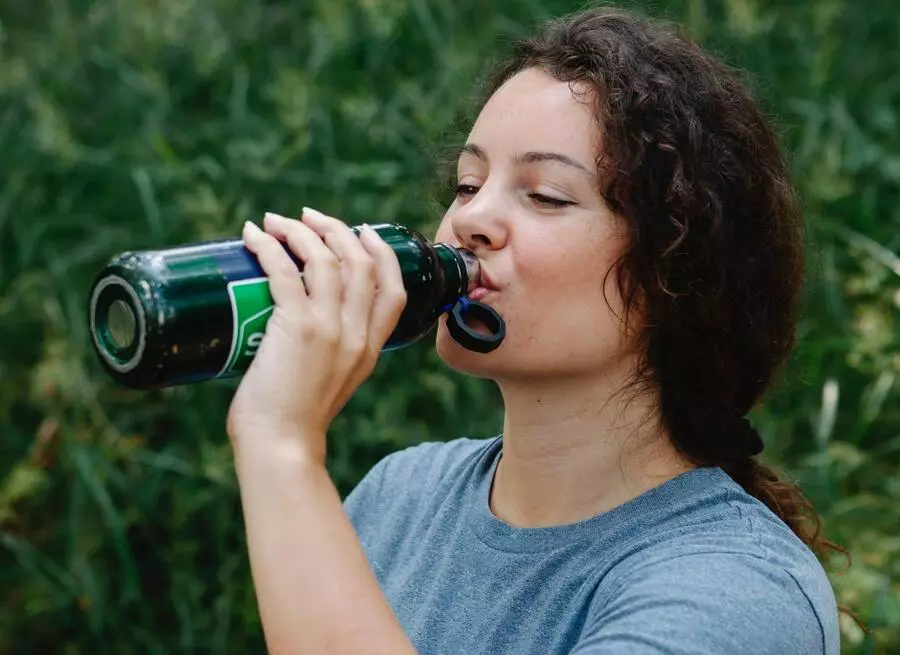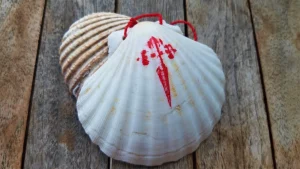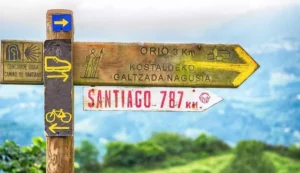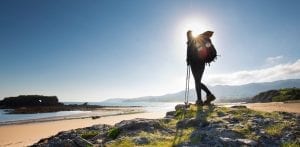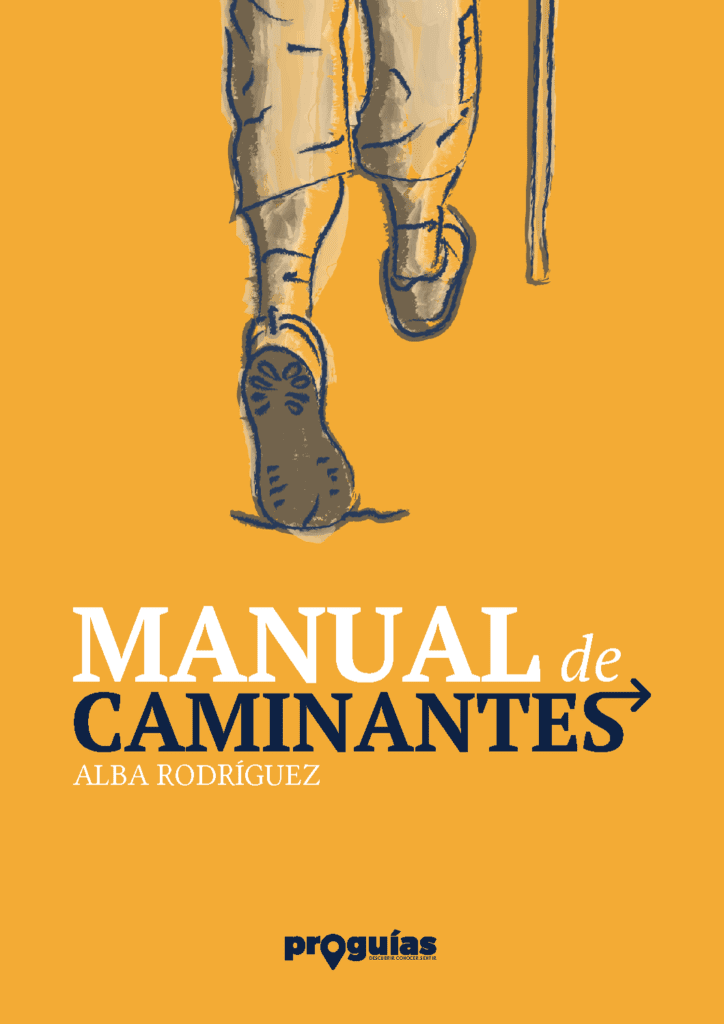Long-distance routes, such as the Camino de Santiago, are demanding in terms of the need to keep physically fit. In other words: if for a single route we already need to take care of ourselves, routes lasting several days also require additional care and specific healthy habits. The time has come to talk about hydration.
Hydration plays a vital role in various bodily functions, but when we do sustained physical exercise, such as a stage of the Camino de Santiago, our fluid levels in the body are reduced and it is important to replenish them adequately.
Here are 5 essential tips to maintain adequate hydration during your journey on the Camino de Santiago.
1. Take plenty of water with you
Do not underestimate the importance of carrying a sufficient amount of water during your stages on the Camino de Santiago. Although it can be heavy, it is essential to ensure proper hydration.
As a general rule, it is recommended to carry at least, one litre of water for every two hours of a stage. If the average duration of a stage is between 4 and 6 hours, that would be two to three litres of water. In hot weather conditions or challenging terrain, you may need to drink even more.
Fortunately, on most sections of the Camino de Santiago, it is possible to find places to refill canteens or bottles every few kilometres; or bars, cafes or eating houses where they sell bottled water. So there is no need to carry too much weight in liquids. Just make sure that there are fountains or services of this type on the stage you are going to walk.
The doctor Alberto Sacristán, IIASgives the following indication:
"Drink between 250 ml and 500 ml of water half an hour or 40 minutes before starting to walk or cycle; during the ride, take frequent small sips to maintain hydration, so that 800 to 1,000 ml are drunk every hour, and after physical exertion you should also drink water and include foods rich in carbohydrates (bread, pasta, etc.) and minerals (fruit). For example, you can drink water plus a skewer of omelette and watermelon".
In any case, it is important to keep in mind that not all water sources you will find on the Camino are potable, unfortunately. Most of them display an indicator as to whether or not consumption is recommended. If there is one, it is best to pay attention to it. And if it can be consumed, the ideal is to drink directly there and take the opportunity to refill our bottle, canteen or boot to continue drinking later.
If in doubt, you can also use filters or purification tablets to ensure water quality. Although, as we said above, on the Camino you will not lack occasions to replenish fluids. You just need to get into the habit of keeping hydration in mind.
2. Protect yourself from the sun and seek shade
If the first tip has to do with consuming more water than we are used to, the second aims to avoid rapid fluid loss. Keep cool and avoid excessive sweating by protecting yourself from the sun while walking or cycling.
Translated: seek shade whenever you can.
It is true that some sections of the Camino are sparse in vegetation (for example, the one that crosses the Castilian plateau on the Camino Francés, or the sections that come from southern Spain on the Vía de la Plata, the Camino de Levante or the Camino de Madrid). If this is the case, wear a wide-brimmed hat and be sure to wear suitable clothing covering your body (the less your skin is exposed to the sun, the less fluid is lost). This practice will not only protect you from fluid loss, but will also help prevent sunburn.
Another option to protect yourself from the sun and heat is to opt for cooler seasons, if possible. That's why we always recommend Doing the Camino de Santiago in spring or in autumn.
On the other hand, if you can only do it during the summer or if there are days of intense heat, which increase our body's water consumption, try to do the stages in the cooler parts of the day. Start early in the morning, rest during the central, hotter hours of the day, and continue the walk later in the day when temperatures have dropped.
Remember that, unless you have decided not to book your accommodation, there is no law requiring you to finish the stage in the morning. You have the whole day at your disposal. Make the most of it and, while you're at it, also discover the opportunity to walk in the afternoon, with the route clearer and the sunset at hand.
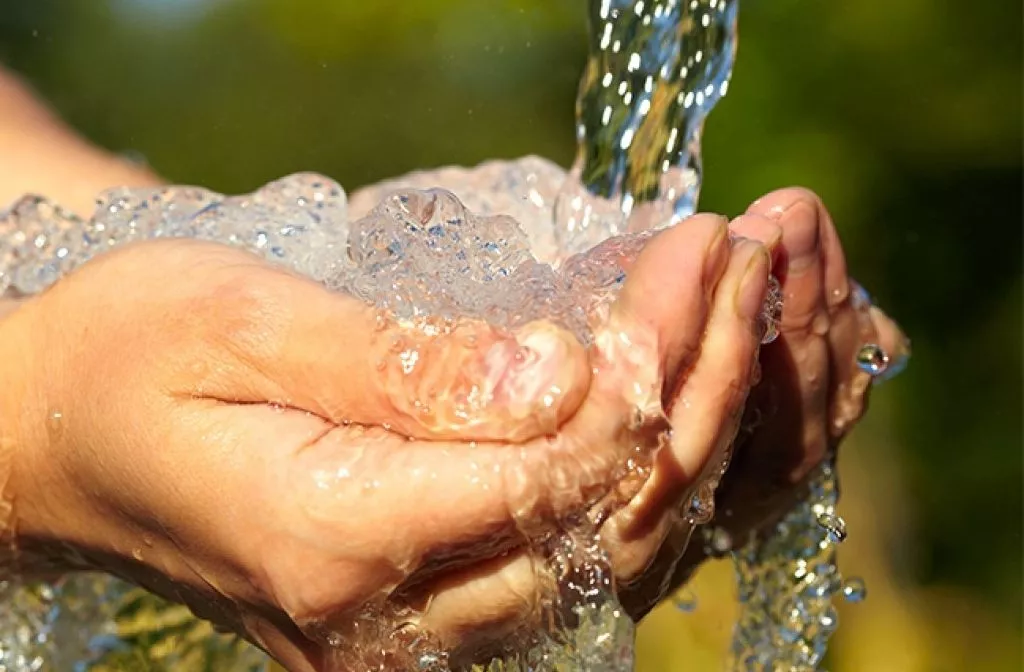
3. Maintain a steady flow of hydration.
Let's go with the third tip on hydration on the Camino de Santiago. Actually, this applies to any type of physical activity, and not only for the Camino. It is this: do not wait to feel thirsty to drink water. The ideal is to drink at more or less regular intervals.
The quote from Dr Sacristán above makes it clear: "drink in small, frequent sips". In other words, there is no point in drinking a large amount of water in one sitting and then taking two hours to drink another large amount. This will only lead to stomach problems and heaviness. And that's not something we want to do when we're facing a stage of around 20 km.
Nor should you wait until you are on the road to hydrate. It is a good idea to do so before you start, and also at the end.
4. Choose the right drinks
Another essential advice on hydration on the Camino de Santiago has to do with what we drink.
Natural water is undoubtedly the best choice. It does the job without additives, does not need chemical treatment, and is readily available.
Another option, which has become increasingly popular in recent years, is isotonic drinks that include mineral salts that speed up the body's recovery. They may be an option, but medicine is clear: natural mineral water is sufficient.
In any case, the recommendation is to avoid sugary drinks, soft drinks and alcohol, as they can make dehydration worse. Especially if you have not yet finished the stage. If you want variety, you can opt for herbal teas or natural fruit water for flavour.
Finally, an additional tip related to the right drinks: beware of filling bottles in watercourses such as rivers or dams, especially in areas of agricultural activity. Crystal clear water does not necessarily mean it is safe to drink.
5. Listen to your body and listen to common sense.
Last tip on hydration on the Camino de Santiago: find the balance. Easy to say, isn't it?
Don't worry: it's about actively listening to your own body. After all, it is your best guide. In other words, if a doctor says you should drink between 800 and 1000 ml of water, this is just a guideline. Some people dehydrate faster than others. Some people, for example, sweat more than others in the same circumstances. So what may work well for me may not work for you in the same way.
On the Camino de Santiago, as in life, common sense and adapting to the circumstances are essential. Lack of hydration can be just as problematic as too much.
Ideally (and we have already talked about this in other articles of this blog) is that before starting the Camino you have trained a bit previously. That training that we always recommend is not to improve physical condition (although it will also help that), but to get used to the new signals that your body will be throwing you as you progress in your walks (or your bike rides). It serves to wear out the shoes you will wear on the Camino and to test your water consumption, too.
Bonus track: insulating covers.
Those of you who read us regularly already know that we are not very fond of unnecessary gadgets on the Camino de Santiago. But today we want to talk about one that seems to us very successful. It takes up little space, weighs little and works well for what we need, which is to keep the water cooler for longer. We are talking about the thermal or insulating covers.
The truth is that hot water is very unpleasant, especially on hot days or when we are not only looking for hydration but also refreshment. Bottles get hot. Whether they are made of plastic, glass or titanium, transparent or opaque. And the last straw would be to carry the water on your back and not want to drink it.


